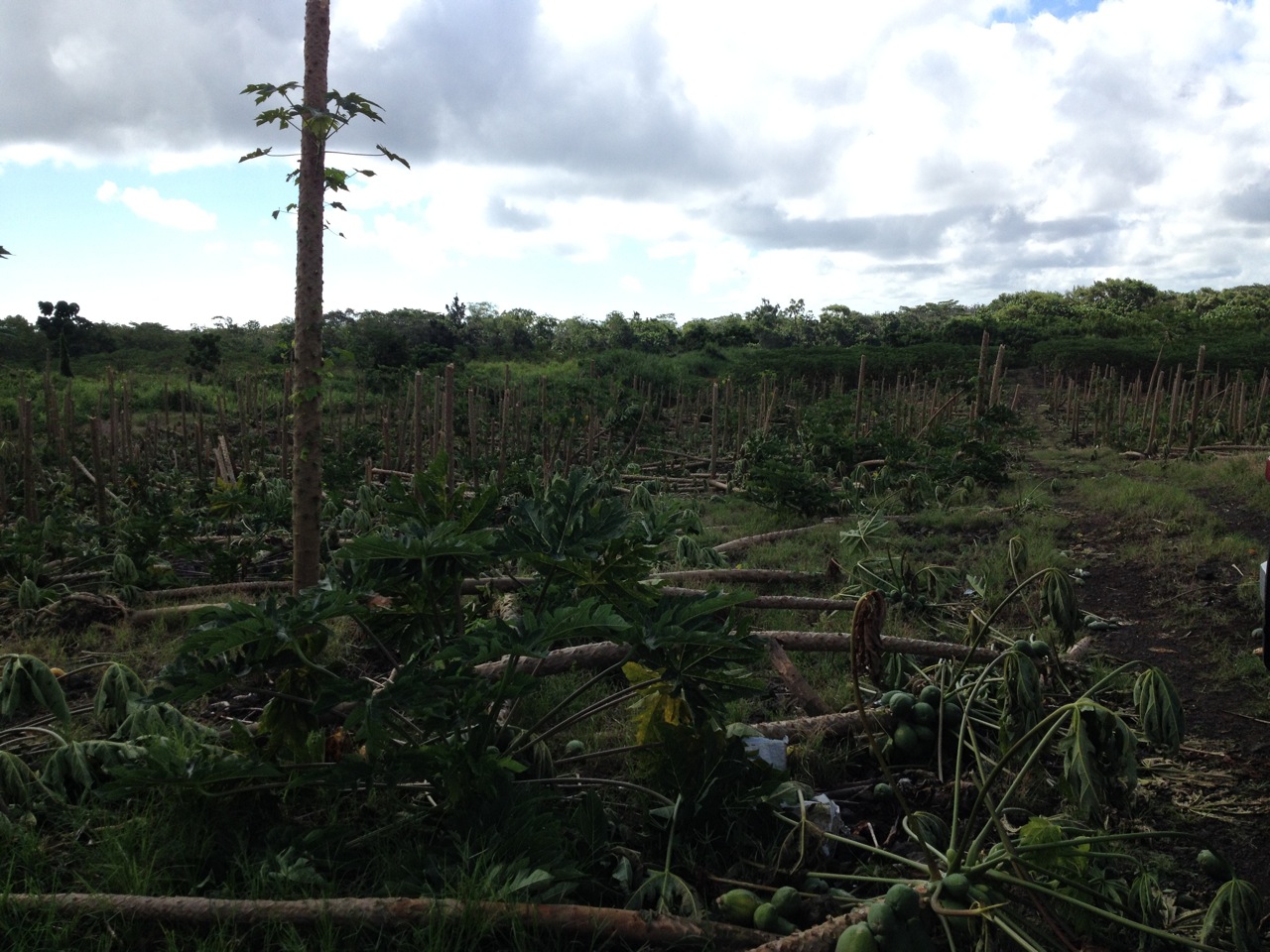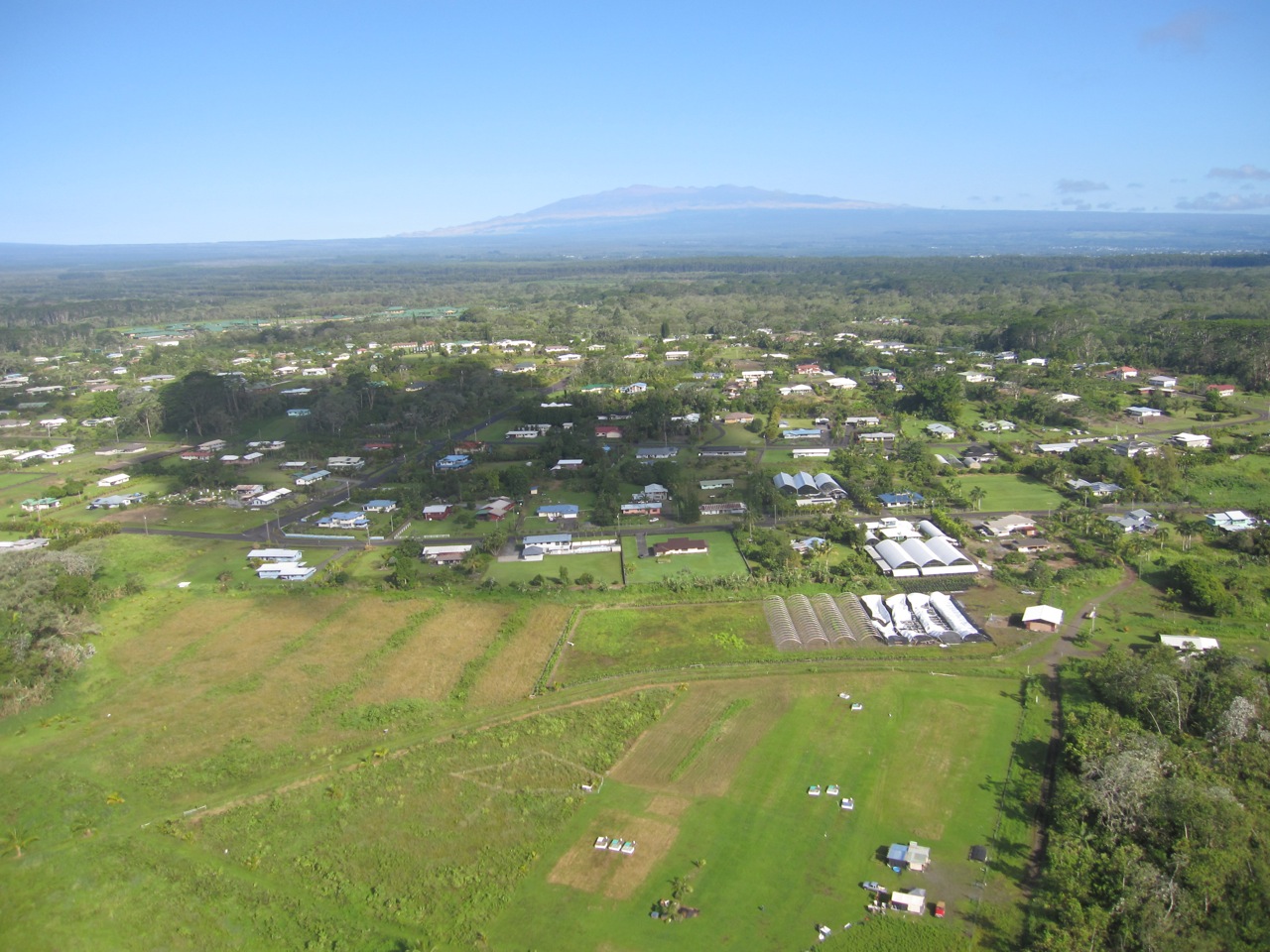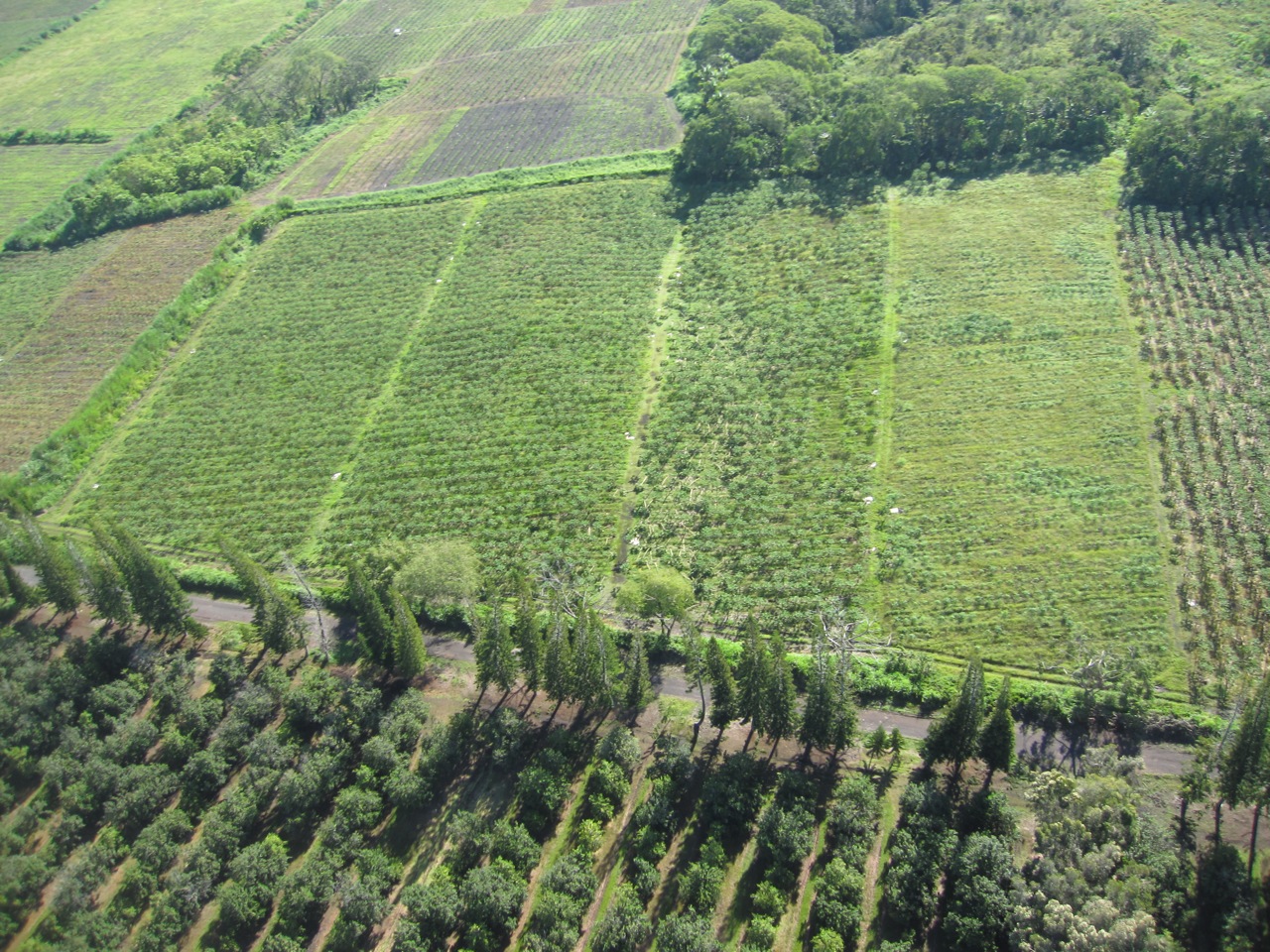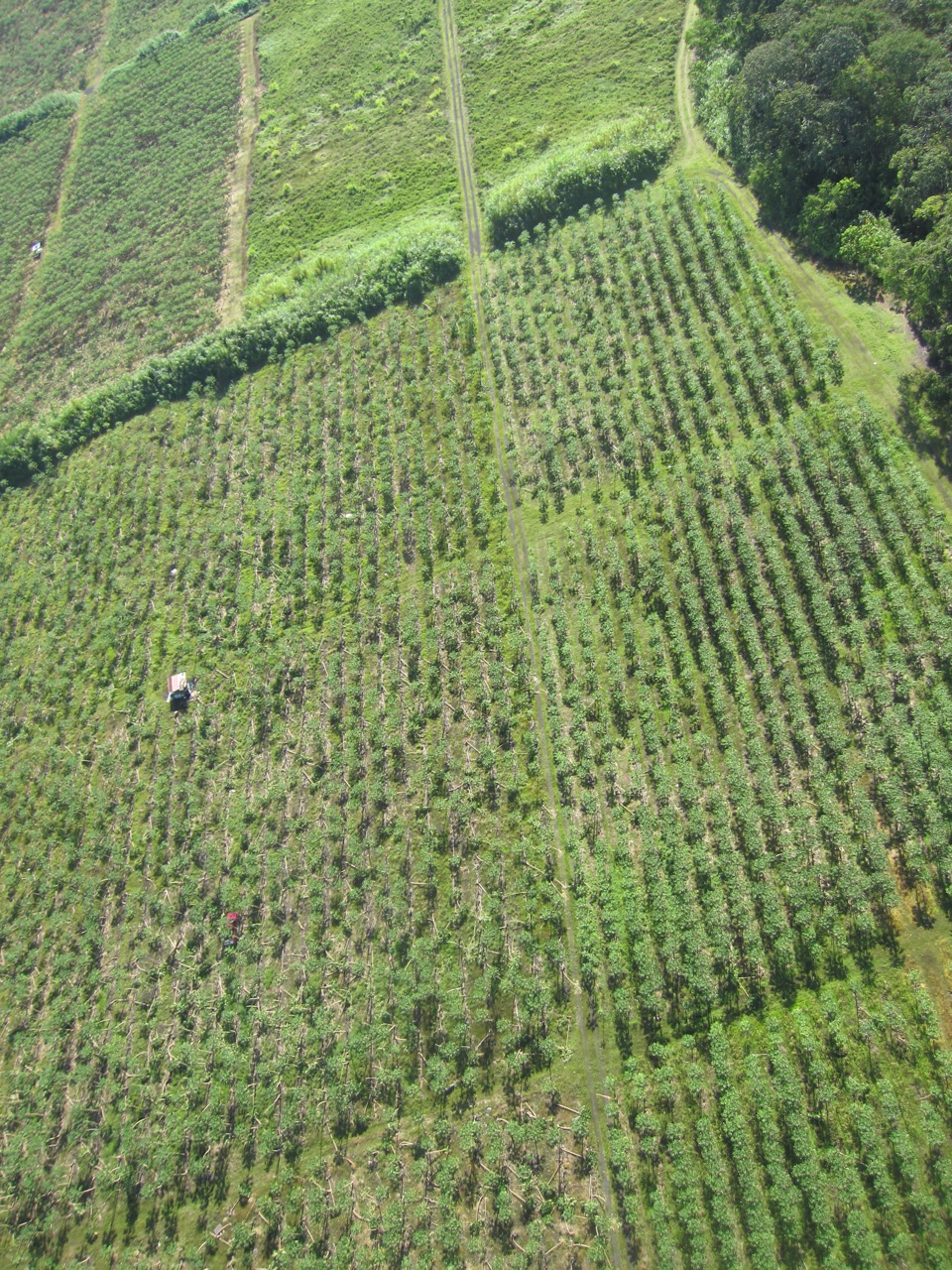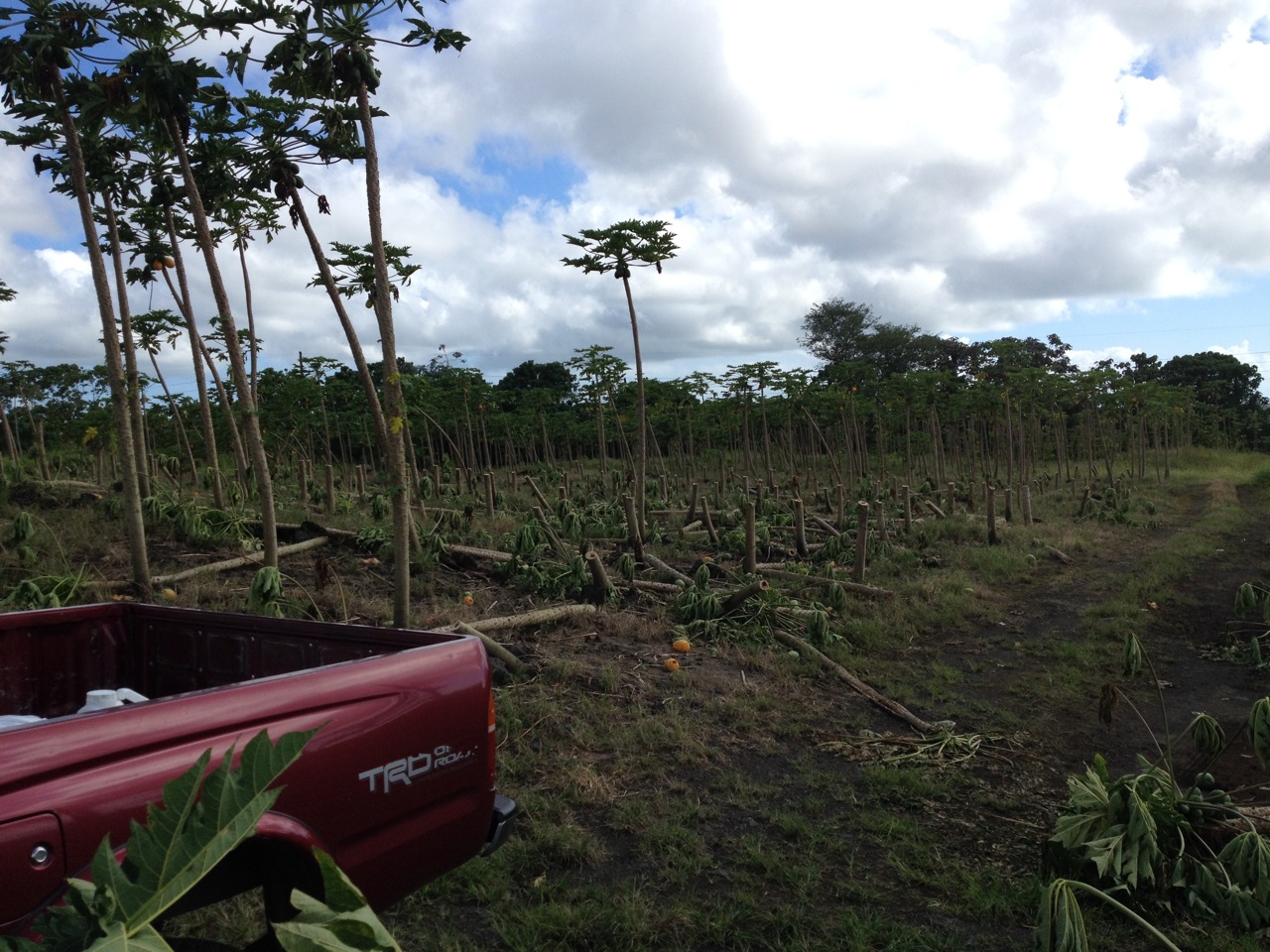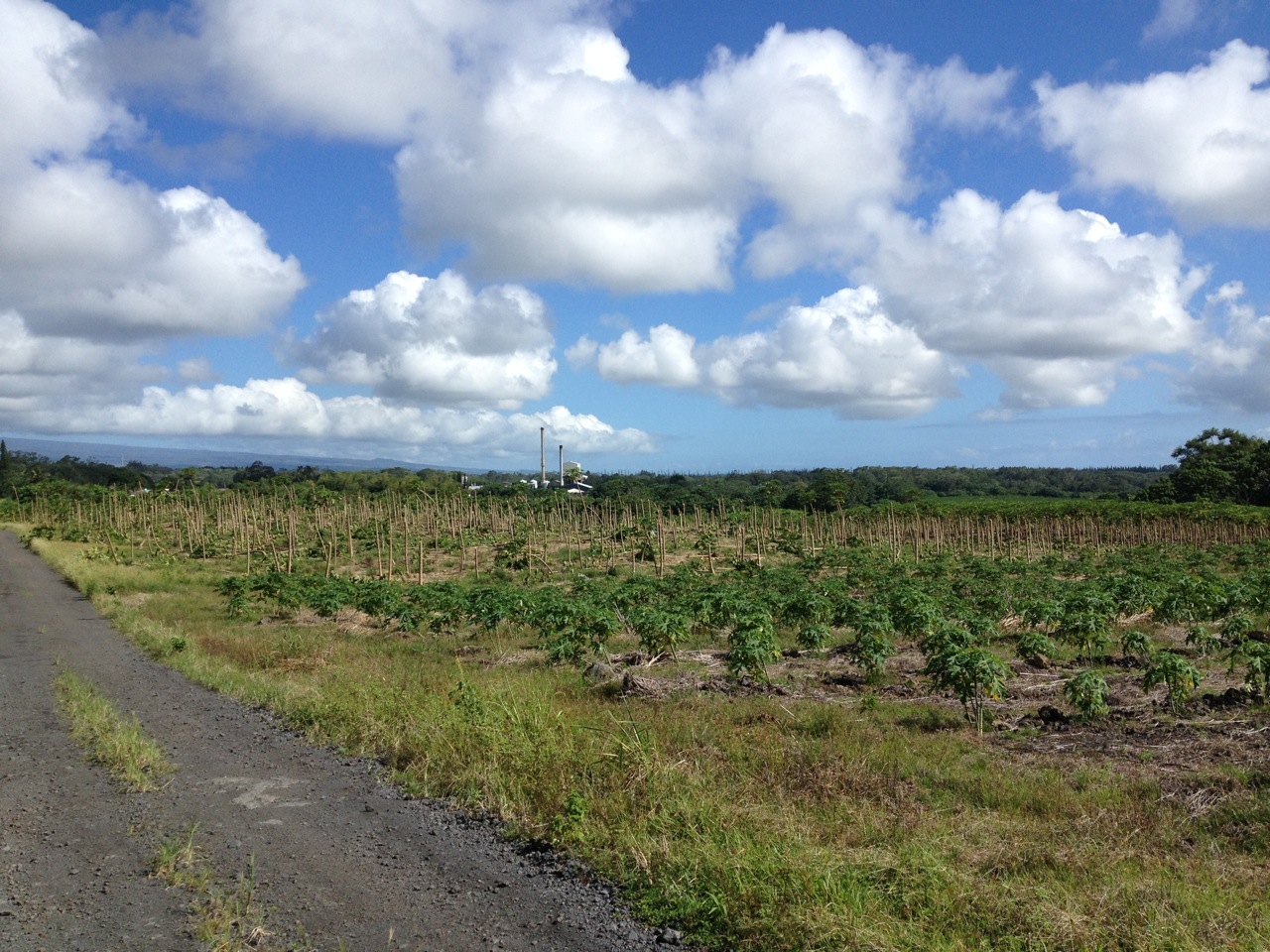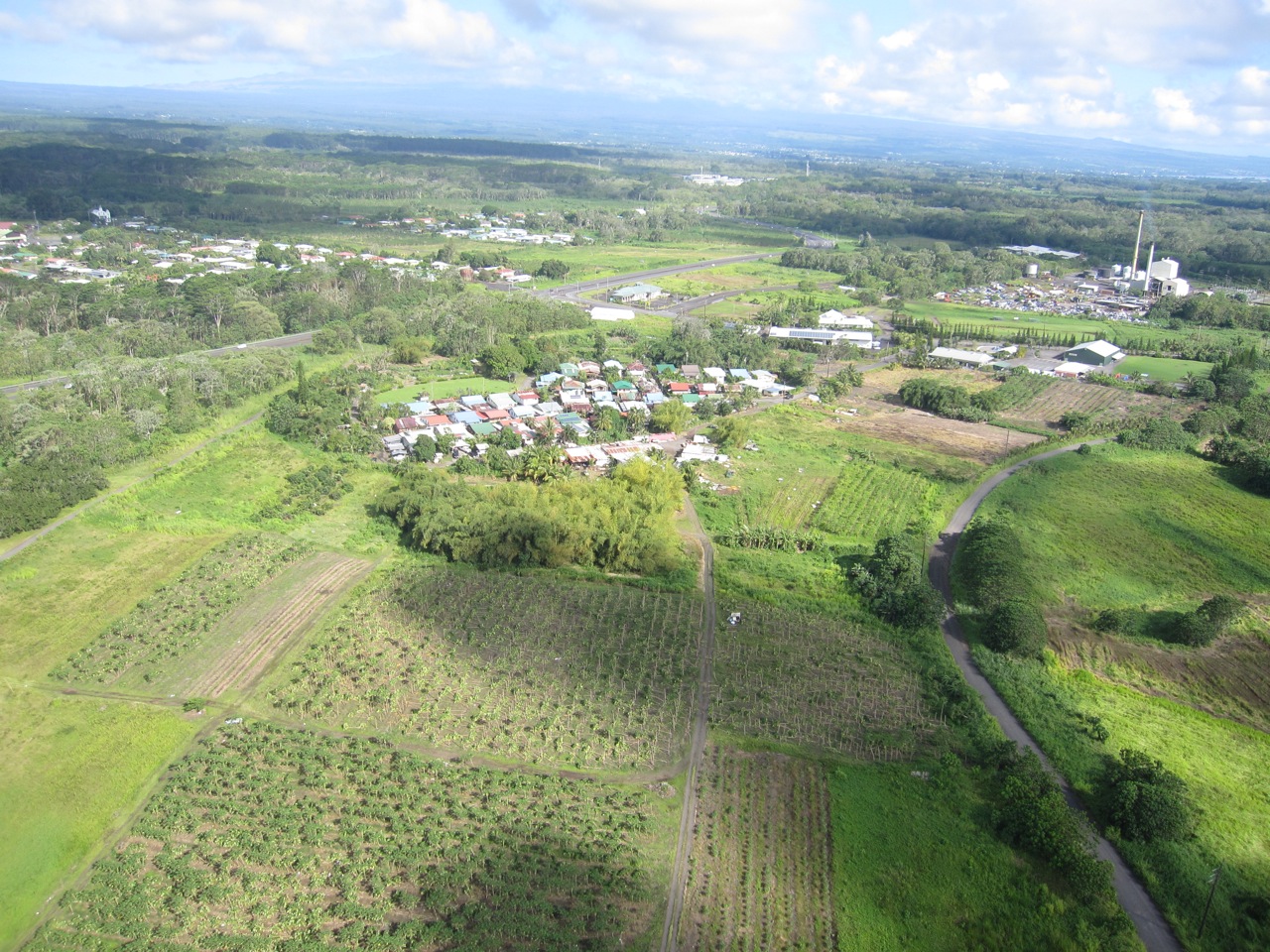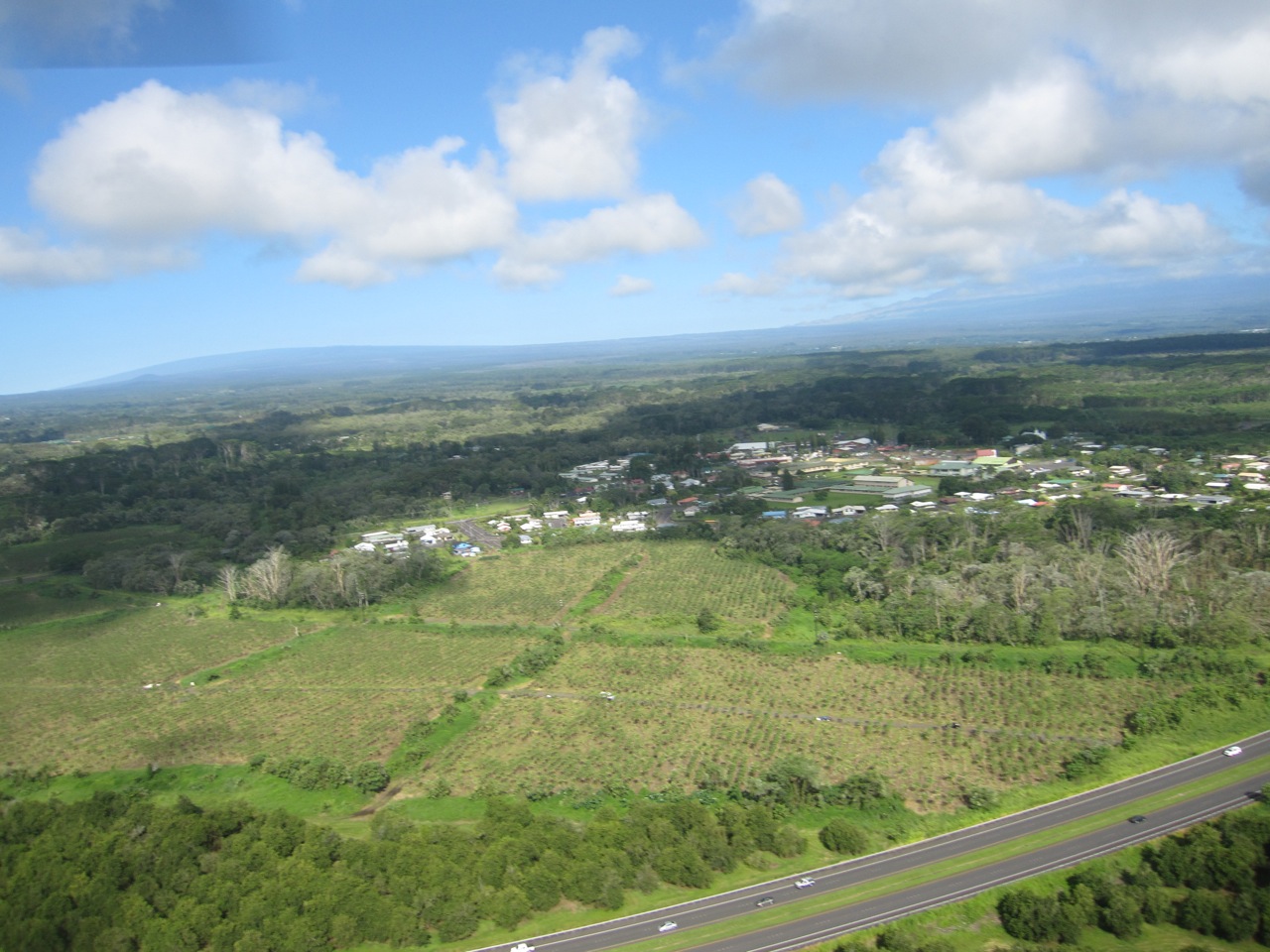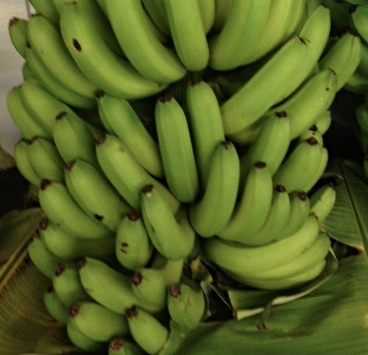Richard Ha writes:
The United States Department of Agriculture (USDA) has just designated Hawaii County a “primary natural disaster area.”
The USDA media release, as published on Hawaii247.com:
The United States Department of Agriculture (USDA) has designated Hawaii County in Hawaii as a primary natural disaster area due damages and losses caused by wind, rain and flooding that occurred August 7-9, 2014.
“Our hearts go out to those Hawaii farmers and ranchers affected by recent natural disasters,” said Agriculture Secretary Tom Vilsack. “President Obama and I are committed to ensuring that agriculture remains a bright spot in our nation’s economy by sustaining the successes of America’s farmers, ranchers, and rural communities through these difficult times. We’re also telling Hawaii producers that USDA stands with you and your communities when severe weather and natural disasters threaten to disrupt your livelihood.”
Hawaii County was designated a natural disaster area on September 3, 2014, making all qualified farm operators in the designated areas eligible for low interest emergency (EM) loans from USDA’s Farm Service Agency (FSA), provided eligibility requirements are met. Farmers in Hawaii County have eight months from the date of the declaration to apply for loans to help cover part of their actual losses. FSA will consider each loan application on its own merits, taking into account the extent of losses, security available and repayment ability. FSA has a variety of programs, in addition to the EM loan program, to help eligible farmers recover from adversity.
Producers are encouraged to contact the Hawaii County Office at (808) 933-8368 to make an appointment to avoid long wait times for service.
Additional programs available to assist farmers and ranchers include the Emergency Conservation Program, The Livestock Forage Disaster Program, the Livestock Indemnity Program, the Emergency Assistance for Livestock, Honeybees, and Farm-Raised Fish Program, and the Tree Assistance Program. Interested farmers may contact their local USDA Service Centers for further information on eligibility requirements and application procedures for these and other programs. Additional information is also available online at disaster.fsa.usda.gov.
Mahalo to Diane Ley, director of the USDA’s Farm Service Agency, for her role in enabling special disaster farm loans for farmers who were hurt by Tropical Storm Iselle, and for her role in enabling the emergency declaration that was just announced, as well.
Diane participated in our after-hours emergency meeting right after the storm and we appreciated that very much.

